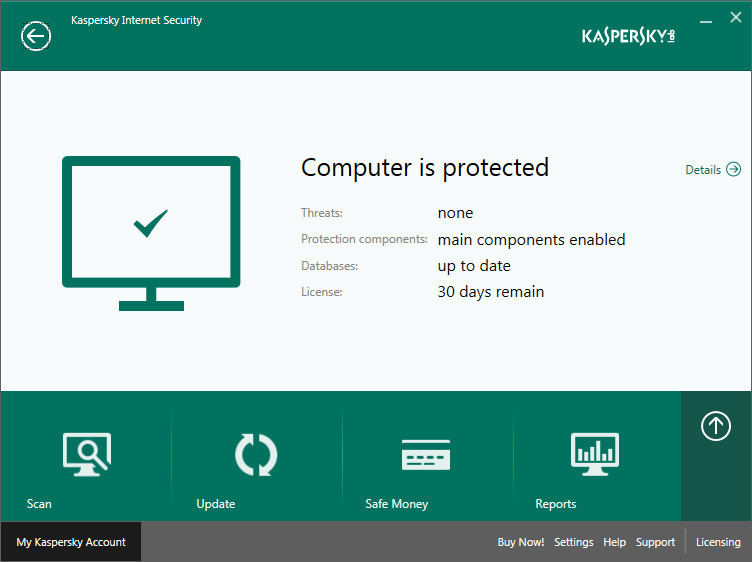

Multiple search engines, Speed Dial, and session managerįalkon tries to blend in with the Windows environment by mimicking its native look with the help of icon sets and other familiar graphical content. For example, if the shortcut set for Google Search is "g" and you wish to look for "software", you just have to write "g software" in the address bar and hit Enter. To quickly test multiple search engines without clicking buttons, Falkon gives you the possibility to assign shortcuts. The DuckDuckGo engine is used for conducting web searches but can be changed into anything else, depending on your preferences. Adventurous users can access the ad blocker's configuration settings to create custom rules for blacklisting or whitelisting certain sites. As a result, pages which normally have banners are loaded faster than other web browsers (evidently, which don't possess an integrated and auto-activated ad blocker). The web browser has a built-in ad blocker, which is activated by default, eliminating the need of installing an extension for this purpose. QtWebEngine implements some of Chromium's API into Qt, leaving aside unnecessary parts like the auxiliary services which communicate with Google.įree and open-source with a built-in ad blocker Previously known as QupZilla, Falkon is a free and open-source project, based on the QtWebEngine. If you feel that your trusty browser has become bulky due to ads and other unwanted content, you can look for alternate solutions. REALIVOX – BLUE: It starts with the voice.Although the front seats seem to be taken by the same web browsers each year, suspicion has surfaced among some users who believe they are no longer promoting the free web as they used to. Blue is my go-to singer when I want that ultra-pretty tone. Check out the audio demos and see if you don’t agree. Six vowels and 23 consonants give you the tools to create your own words and phrases.** But we went deeper than just sampling a bunch of vowels and consonants. Consider these elements:Īn “s” singing into an “ee” sounds different from an “s” singing into an “oo.” (Try it yourself. Listen to how your own “s” will sound different, depending on the vowel.) So each consonant was recorded separately going in and out of each vowel. There are two and a half octaves of “k” samples (32 samples) that go into “ah.” Another 32 of “k” into “eh.” And so on. For each consonant, that’s six sets for each vowel. When we recorded the ending consonants (completely separate samples), we noticed that it doesn’t sound quite right if you just slap an end consonant sample onto the end of a vowel sample. A singer’s mouth closes differently, depending on which consonant they’re going to. So we sampled not only 192 ending “t” consonants (6 vowels times 32 samples per vowel), but we also recorded the closing vowel sounds leading into each consonant. So when you play “Peace,” you’ll be triggering four samples altogether. First is the “p” sample that specifically with “e.” Then you won’t hear just any “ee,” but you’ll actually get the “ee” that comes after “p.” (Your ear would know if we tried to cheat and use a regular “ee” instead.) Then you’ll hear a few milliseconds of a closing “ee” that would lead into “s.” And then finally, the “s”. A closing “s” that specifically goes with an “ee” vowel.

This is why Realivox Blue is 12,000 samples. No other vocal library that we know of has gone this deep in the quest for realistic vocal performances. We sampled legato intervals for all six vowels, as well as for “mm.” (We find humming to be a particularly useful articulation.) Not just the six/seven vowels, but also the special transitions betweem say, oo to ee. When you sing from oo, to ee, there will be a “w” in the transition.

(Try it yourself and you’ll hear what I mean.) So we have “oowee” legato samples. And “oowah.” And “ooweh.” And “eeyoh.” And on and on. Then we spent months editing and balancing to get the legato as smooth as we could make it. We believe this is the simplest and most intuitive polyphonic legato there is.


 0 kommentar(er)
0 kommentar(er)
